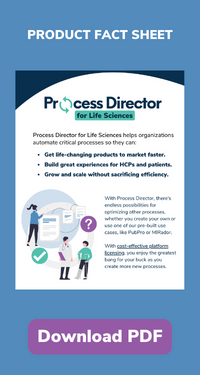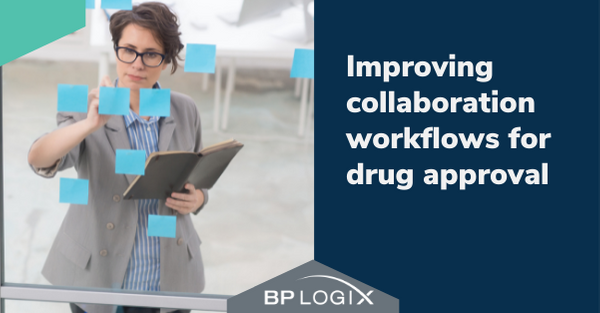 Heavily regulated industries inherently have a lot of rules. The biotech and pharmaceutical industries are no exception. Adhering to complex regulations requires significant amounts of administrative work to ensure that the proper directives are being followed. Extensive regulations also present significant risks of hefty fines for noncompliance. Failed clinical trials also present a significant risk to pharmaceutical companies and can cost billions a year.
Heavily regulated industries inherently have a lot of rules. The biotech and pharmaceutical industries are no exception. Adhering to complex regulations requires significant amounts of administrative work to ensure that the proper directives are being followed. Extensive regulations also present significant risks of hefty fines for noncompliance. Failed clinical trials also present a significant risk to pharmaceutical companies and can cost billions a year.
Getting a new drug to market involves an infinite number of variables, many of which influence who needs to sign off on content development and research projects. This leads to a very complex process that, if done manually, can be very inefficient.
While eliminating steps in the approval process can lead to losses, waiting for approvals that delay a new product’s launch can be equally costly. Streamlining the approval process improves time to market while reducing risks. An effective business process automation strategy is key to a much more efficient approach.
Research concept approval
The process of getting a clinical trial approved and budgeted often requires the collection and organization of significant amounts of data. Researchers must submit information on the type of study, the objective of the study, the subject of the study, and use case descriptions. This data needs to be accurately and completely documented for researchers to have any chance of obtaining the resources to move forward. Automating this process with digital forms that enforce requirements can ensure all the necessary application data is present, mitigating the risk of delays or bad clinical studies moving forward.
Once the data is collected, the proposal needs to be vetted and approved. Who needs to approve the project and in what order is often driven by several variables. Whether a project is studying a molecule or a device may dictate whether legal, medical, or regulatory experts need to approve it. Significant efficiencies can be realized by incorporating these rules into an automation system that defines the approval path.
Pharma Content Approval Processes
Once research is completed or drugs are ready for the market, the process of disseminating information and data on these advancements requires significant scrutiny.
Scientific Publication Review
Once new findings from research studies are ready for publication, an extensive review process is initiated. Reviewers may include third-party experts and professionals with diverse backgrounds. The appropriate protocol depends on the type of product being studied, the country or region the data is being published, or the type of data being presented. For example, some products may require review by a minimum number of statisticians or lawyers. Finding the right resources and routing the document efficiently to each expert for their review is a complex process that can easily be held up or delayed. Automating the routing process based on these variables can eliminate the manual process of designing workflows for each individual project.
Marketing Content Review
Publishing marketing content also requires multiple levels of approval before it can be made available to the general public. But, marketing content comes with an additional level of complexity and risk.
Marketing content can be delivered through a variety of channels and in different forms, leading to a much more complex approval process. Video is created for TV or the internet, web copy and brochures also need to be created to publicize the benefits of a new drug or device. Content can also be developed for different markets that speak different languages. All this content is required to go through a specific approval process and each of these variables dictates the appropriate path.
Managing the approval process through multiple levels including legal, medical, marketing, and patent review slows the process of getting products to market. But, it is vital marketers get this approval process right. Ineffective management of the process can lead to misleading messaging reaching the public resulting in significant penalties. For example, publishing content that overemphasizes the benefits of a new product that is not balanced with acknowledgments of side effects and risk factors can result in hefty fines. In 2012 GlaxoSmithKline was fined $3 billion and Abbott paid $1.6 billion for miscommunicating information in direct to consumer advertising
Automation
Automating the approval process provides many benefits. Rules and variables can be used to automatically route content to the appropriate reviewer. By digitizing and automating the process, sophisticated systems can not only ensure content is signed off on by the appropriate authorities but can also calculate the most efficient route to final approval. For even greater efficiency, leading platforms can also create parallel paths so reviews can happen simultaneously on a single document.
Time to market is a competitive differentiator in the pharma space but shortcuts can be costly. A solid automation strategy can streamline the approval process, reducing risk and increasing competitiveness.




